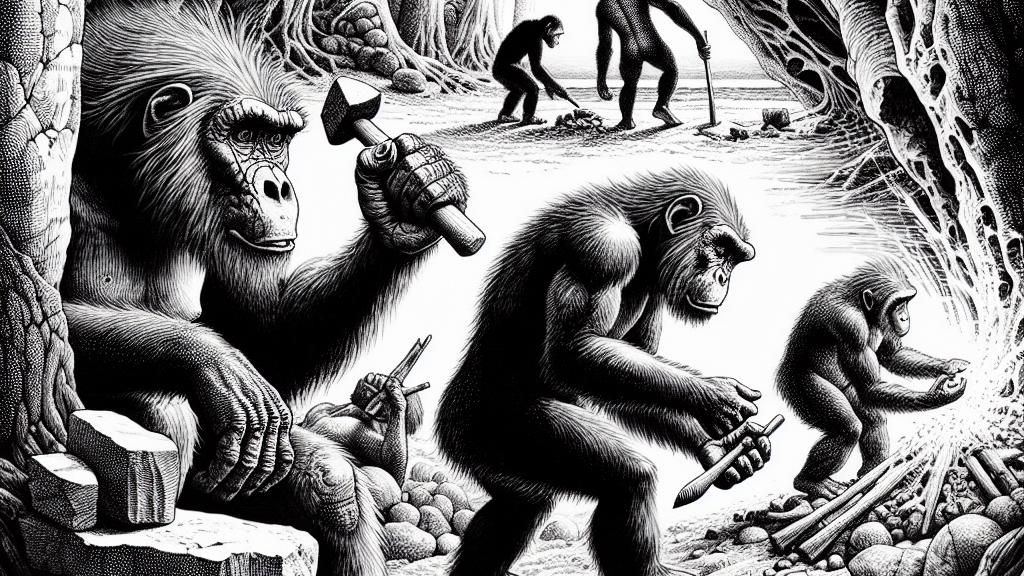Discovering Early Tool Use in Ancient Hominins
Overview
- Cutting-edge research from Germany uncovers striking similarities in hand structure between Australopithecus species and modern humans.
- The study indicates that early hominins may have engaged in tool use far earlier than previously considered, potentially reshaping our understanding of human evolution.
- This pivotal evidence highlights the adaptability and ingenuity of our ancient ancestors, showcasing the interconnectedness of hand evolution and tool-making.

Location and Remarkable Findings
Conducted at Eberhard Karls University of Tübingen in Germany, this innovative study unravels the intricate relationship between hand structure and tool use in ancient hominins, specifically focusing on species like Australopithecus afarensis and Australopithecus sediba. Researchers found that these species possessed hand anatomies closely mirroring those of modern humans. This is not just a fascinating observation; it indicates that our ancestors might have been wielding tools much earlier than the stone artifacts we date back around 3.3 million years. Imagine the impact of their ability to craft and use tools—this advancement was a defining moment in the evolutionary tale of humankind!
Delving into Hand Functionality
To gain deeper insights into hand functionality, the researchers utilized advanced three-dimensional models, enabling them to analyze the biomechanics of Australopithecus hands in great detail. The examination highlighted crucial muscle attachment sites, which revealed diverse potential uses of their hands—similar to the variety of tasks we perform today. For instance, Australopithecus africanus exhibited both humanlike precision for tasks such as cutting and apelike strength for gripping, showcasing an impressive versatility. Visualize these ancient beings engaged in essential activities like carving meat with sharp stones or manipulating objects to access vital resources. Such vivid scenarios not only underscore their manual skills but also illustrate their remarkable adaptability to challenges in their environment.
Revolutionizing the Understanding of Tool-Making Evolution
The implications of this study are nothing short of revolutionary, reshaping long-held beliefs about when and how tool-making began. Previous assumptions placed tool creation firmly in the realm of later hominins, but evidence suggests that Australopithecus may have been adept tool users much earlier than the archaeological records indicate. For example, while the oldest recognized stone tools appear about 3.3 million years ago, early evidence of bone cut marks implies that our ancient relatives were employing rudimentary tools even before that. Picture them using sticks or stones not just for play, but to enhance their survival—this connection emphasizes the profound relationship between the evolution of our hands and the inception of tool-making. Ultimately, these compelling findings illuminate the journey of our ancestors, highlighting their ingenuity and resourcefulness in the face of environmental challenges.

Loading...